Terror attacks in Berlin, Cairo and Jordan against Christian targets during the holidays mark ongoing extremist surge to push radical Islamic message and gain support for the Islamic State.
Just after 14.00 hours, on December 18th, gunshots were heard outside of a popular tourist destination in Jordan. The siege of al Karak, a Crusader-era castle, had begun. More than 800 years had gone by since the castle last saw a bloody siege from its walls.
This day would end bitterly. 16 people lay down their lives in the ensuing ten hours, with 37 injured. The Jordanian Police initially found themselves vastly outgunned and unprepared against Islamic State operatives. With their weapons unloaded as they stood guard outside of the castle gates, they found themselves taking fire from automatic weapons. The militants had already injured two police officers and fired on another patrol while making their mad dash towards the castle.
One of the first victims that day was Linda Vatcher, 62, a retired schoolteacher from Newfoundland, Canada. Ms. Vatcher was in Jordan to visit her son. Together they had decided to go to Karak for the day. He was just steps behind his mother when he saw the rounds tear through her. Two young police officers rushed to engage the attackers. But as they were inserting magazines into their M4 Carbine rifles, chambering the first round, they were gunned down.
Rushing to assist their fallen comrades, the detachment from Karak Castle security began putting rounds down against the emerging enemy. The IS operatives quickly retreated towards the castle gates firing wildly as they rushed towards the main building. Inside they would find 14 civilians, most of whom were tourists.
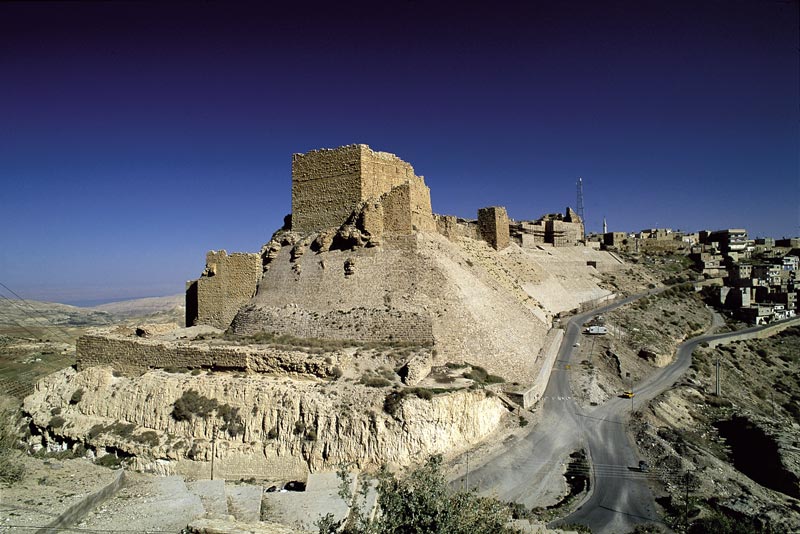
Jordanian Security Forces that had been pursuing the gunmen for over 30 kilometers from where it had all begun, the town of Qatraneh, arrived mere moments after the firefight had begun, responding to the scene efficiently and according to their training. Jordanian Security Forces would loose a total of six of their own, an immense tragedy for the nation, one that would repeat itself mere days later in that same city.
During the attack, instead of retiring to safety, many Jordanian civilian residents took to the streets to give aid to the Security Forces. Some came armed with hunting rifles, some came armed with sticks and stones. One heavily armed but unlucky IS fighter apparently did not make it into the castle with the others, but was left trying to escape the angry mob that quickly formed chasing him down the back alleys. Once they had captured the perpetrator, they held him until the police could retrieve him.
As the police fought to evacuate tourists, at least one officer went down bleeding from his injuries, to which civilians rushed to his side to shelter him and drag him to safety. Many civilians that were trapped in the line of fire can thank their lives to the joint efforts of the Security Forces and civilians alike for risking their lives to get them to safety. The Jordanian 71st Special Battalion that had arrived to the scene began preparing for an insertion. It would take them a further two hours to get into necessary position, and to wait for the right time to strike. At 17.10 local time they entered the building.
None of the four IS operatives inside the building survived their encounter with these US trained soldiers, and none of the hostages lives were sacrificed in the ensuing firefight.
AUDIO: BBC World interview with John Sjoholm, Lima Charlie News, about Karak attack (Dec. 18, 2016)
Meanwhile, in Germany, just a day later on December 19th, a rampaging truck slammed into a Christmas market next to the Kaiser Wilhelm Memorial Church in Berlin. 12 people were killed, with 56 others injured. The truck, a black Scania R 450 semi-trailer truck, bore Polish number plates and belonged to a delivery company, Usługi Transportowe Ariel Żurawski, based in Sobiemyśl. Inside, German authorities found the body of the vehicle’s original driver, Łukasz Urban. Urban had been stabbed and shot in the head.
On December 23rd ISIS released a video of Anis Amri, the suspected perpetrator of the Berlin attack, pledging allegiance to the Islamic State. In the same release the group claimed responsibility, stating that more attacks would come shortly. Originally from Tunisia, Amri had been sentenced in absentia to five years prison time for aggravated assault and theft. Hours before ISIS lay claim to the attack, Amri was killed in a shootout with Italian police in front of the railway station in Sesto San Giovanni near Milan. One policeman was shot in the shoulder.

The extremist interpretation of Salafism has continued to fuel its adherers, which have rapidly expanded attacks against soft targets during the Christian holiday season of December. Just a week before the attacks in Jordan and Germany, ISIS had bombed the St. Mark’s Coptic Orthodox Cathedral in Cairo, which is the largest church in the Middle East. The St. Mark’s cathedral attack, the deadliest against Egypt’s Christian minority in years, resulted in 25 dead and 49 wounded, mostly women and children.
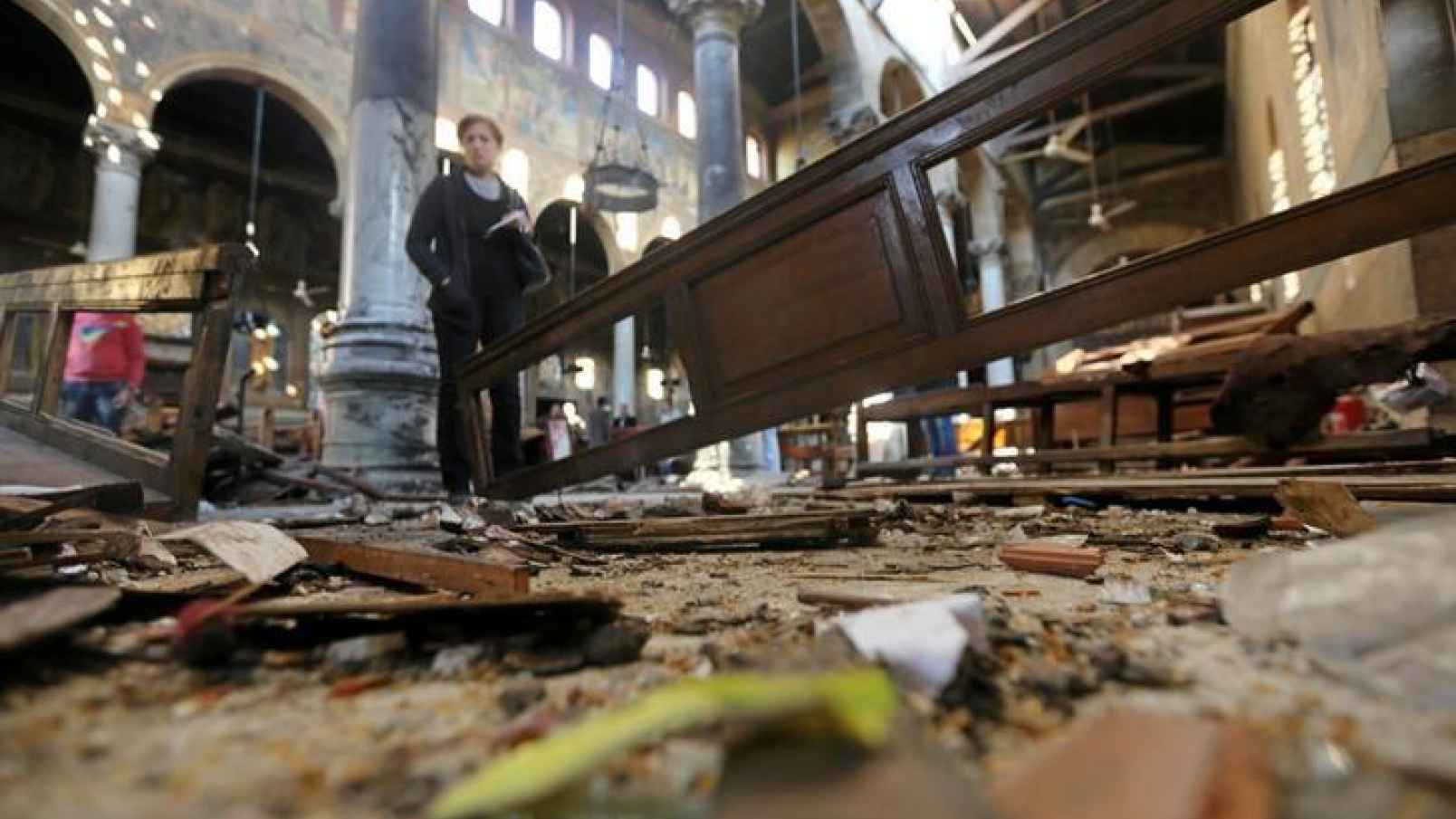
In the midst of these holiday attacks, the U.S. State Department announced new travel warnings for Jordan, Egypt and Germany.
Daesh will not live in Jordan. When they come, they will die.
– “Mounir”, Security Officer in Madaba
The December 18th attack in Jordan resulted in nationwide crackdowns, raids, arrests by suspected individuals, increased security presence, the intelligence community in overdrive, and random security checks. Photos from Irbid show the Security Forces patrolling in up armored vehicles down the main thoroughfares.
Mohammad Momani, Jordanian Minister of State for media affairs and government spokesman, stated that security agencies had traced, and detained an individual believed related to the IS cell. The December 18th attack was, however, not the attack that the IS cell was seemingly preparing for. The full image of their intents and plans is still emerging, but their goals were reportedly much loftier than what the al Karak Castle skirmish entailed. Inside the apartment building where the events began, Jordanian Security Forces reportedly found suicide belts ready to go, alongside automatic weapons and vast amounts of ammunition.
King Abdullah, of Jordan, has reportedly been overseeing the crackdown in person from the recently completed National Crisis Center in Amman, a HUMINT and SIGINT hub where the nations security organizations congregate to respond to ongoing emergencies. This large and highly guarded command center was created partly in response to the 2015 ISIS attacks on the country in the border lands, and is located not far from the King Abdullah II Special Operations Training Center (KASOTC) and the Airbase next to it.
As part of the crackdown, security officers detained a number of known radicals following raids in Amman, Irbid, Zarqa and Al-Baqa’a. One person detained is Qatada Omar Mahmoud, son of the Salafi movement leader Abu Qatada Al-Falasteeni. Other people having been detained include Mustafa Al-Issa, Abu Qatada’s son-in-law and a leader in the movement, and Rashad Shtiwi from Baqa’a. An unknown number of other individuals across the nation have also been arrested.
To further reaffirm the security inside Jordan’s borders, Christian sites across the nation – especially churches – were given dramatically increased security profiles directly after the al Karak attack and during the Christmas holiday. But even with the display of force in the shape of heavily armed police officers and squad cars positioned outside of churches across the nation, churchgoers were encouraged to not linger, and many chose not to attend the religious ceremonies out of fear of attacks like the one in Cairo. Perceived high value targets (HVTs) living or working near churches were encouraged by their private or government provided security to not be in the vicinity during the Christmas holiday in case of an attack.
[P]arts of the groups that are supportive of and sympathizing with Daesh ideologically and intellectually have shifted to terrorist operations without receiving direct orders from the group’s leadership.
– Mohammad Abu Rumman, Center for Strategic Studies, University of Jordan
In recent years Jordan has seen an increase in extremism with foreign ties. It used to be primarily the Salafist Jihadi movements, such as al Qaeda, that operated to some minor extent within Jordan’s borders. In recent years, however the number of returning radicalized Jordanians from the region’s hot spots have increased dramatically. Most of these Jordanians have found themselves in the use of the surging number of religious militant groups that deem al Qaeda and its affiliates too liberal.
Local jihadist movements have also begun to fragmentize and disassociate largely due to the perception of stagnation and failure to create joint efforts, from the old leadership of mainstream jihadists and their leaders, such as Al-Maqdasi and Abu Qatadah. As a result these groups are quickly losing their power base and recruitment possibilities. This in turn has created a shift in grassroots support away from al Qaeda and other organizations of more traditional Jihadist values and modus operandi towards those that favor the Islamic State and other similar new actors.
Time and again IS has shown an ability and willingness to adapt its ideology and carry out its plans through groups and cells in a manner that will serve the agenda of the individual local group directly, especially in markets where they have previously had a diminished capability, such as Jordan. It is in these markets that IS will find the best return of investment in seeking outright confrontation with the local authorities, especially in areas where “soft targets” are present, such as tourists. With Jordan’s economy being heavily reliant on foreign aid, the service industry, and the tourism industry in particular, it is a tactic that could hit the kingdom harshly with very miniscule losses by the new generation of aggressive jihadist groups.
Analysts are quick to point out that this is not the first time sleeper cells have carried out attacks inside Jordan. Since the 1990s the Jordanian state has been engaged in an open struggle against terror cells, and since the attack on the US in 2001, Jordan has been a premier ally in the war on terror across the world. In a statement after the al Karak attack Mohammad Abu Rumman, expert on Islamic groups and a researcher at the Center for Strategic Studies at the University of Jordan, said that “the point here is that parts of the groups that are supportive of and sympathizing with Daesh ideologically and intellectually have shifted to terrorist operations without receiving direct orders from the group’s leadership.” Jordan will be hosting the next Arab Summit on the 29th of March, which expands the regional stage and audience even further for the strategic approach by elements such as ISIS and other Salafist groups.
As ISIS is waging a conclusive battle in Iraq and Syria, and is losing strategic key points, it is likely that we will continue to see a rapid and brutal emergence of this new version of the Islamic State in places like Jordan, Egypt and Europe.
John Sjoholm, Lima Charlie News
John Sjoholm is Lima Charlie’s Middle East Bureau Chief, Managing Editor, and founder of the consulting firm Erudite Group. A seasoned expert on Middle East and North Africa matters, he has a background in security contracting and has served as a geopolitical advisor to regional leaders. He was educated in religion and languages in Sana’a, Yemen, and Cairo, Egypt, and has lived in the region since 2005, contributing to numerous Western-supported stabilisation projects. He currently resides in Jordan. Follow John on Twitter @JohnSjoholmLC
Lima Charlie World provides global news, featuring insight & analysis by military veterans, intelligence professionals and foreign policy experts Worldwide.
For up-to-date news, please follow us on twitter at @LimaCharlieNews

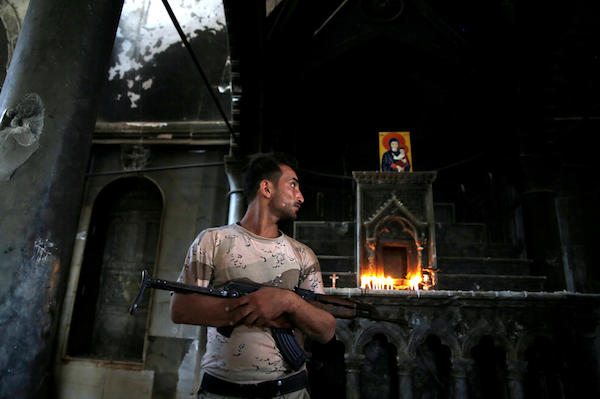
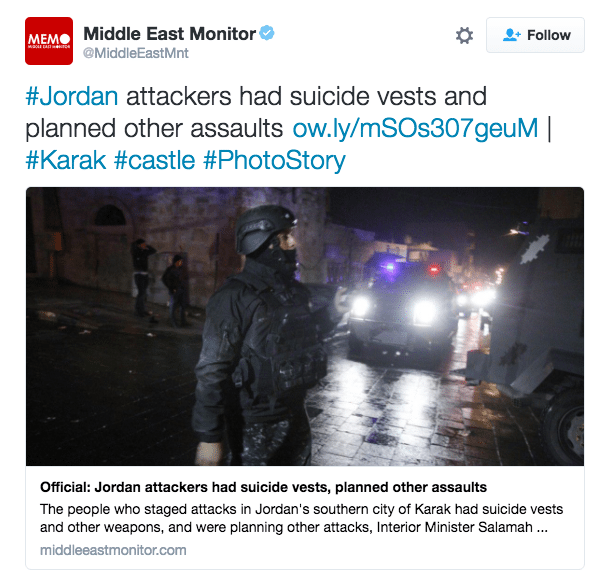
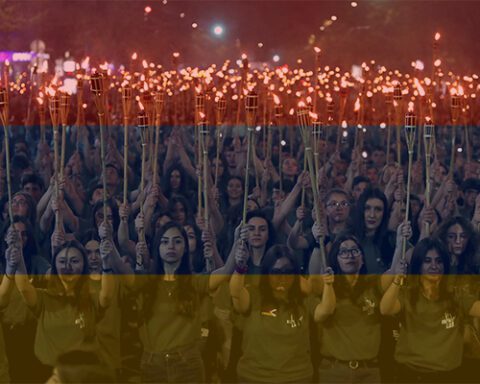


![Africa’s Elections | In Malawi, food, land, corruption dominate [Lima Charlie News]](https://limacharlienews.com/wp-content/uploads/2019/06/Malawi-election-Food-land-corruption-480x384.jpg)
![Image The Rwandan Jewel - Peacekeepers, Conflict Minerals and Lots of Foreign Aid [Lima Charlie World]](https://limacharlienews.com/wp-content/uploads/2019/03/Rwanda-Jewel-480x384.jpg)
![Image [Women's Day Warriors - Africa's queens, rebels and freedom fighters][Lima Charlie News]](https://limacharlienews.com/wp-content/uploads/2019/03/Womens-Day-Warriors-Lima-Charlie-News-480x384.jpg)
![Image Zimbabwe’s Election - Is there a path ahead? [Lima Charlie News]](https://limacharlienews.com/wp-content/uploads/2018/09/Zimbabwe’s-Election-Is-there-a-path-ahead-Lima-Charlie-News-480x384.png)
![[Silver lining for China in Zimbabwe’s violent elections][Lima Charlie News]](https://limacharlienews.com/wp-content/uploads/2018/08/Screen-Shot-2018-08-02-at-12.51.35-PM-480x384.png)

